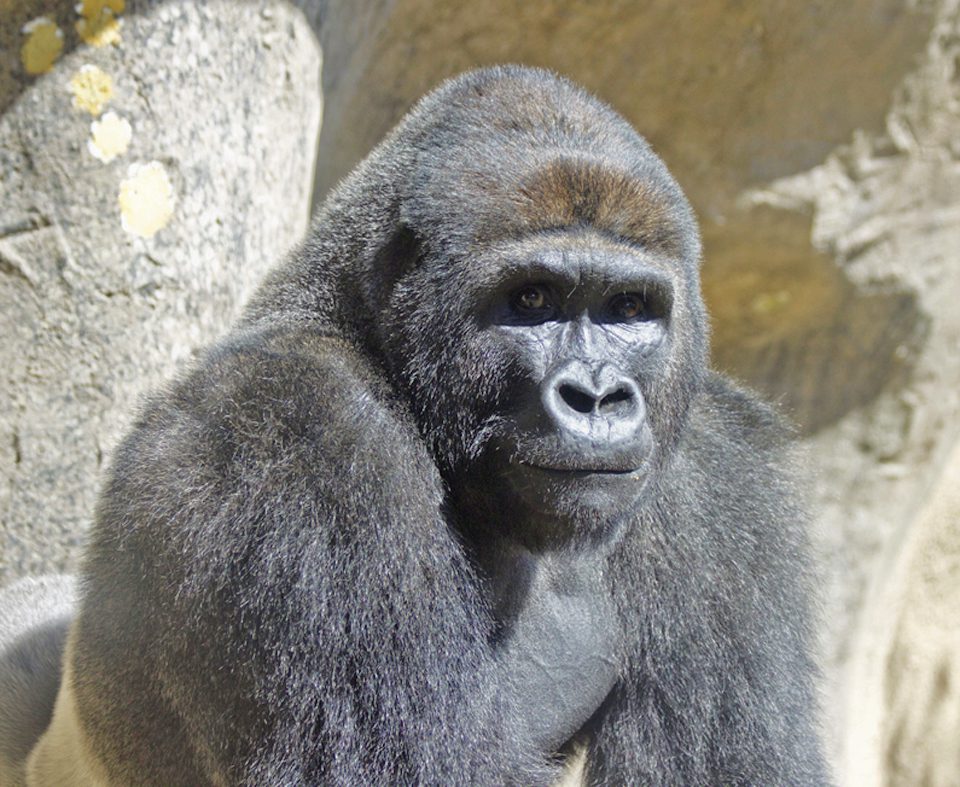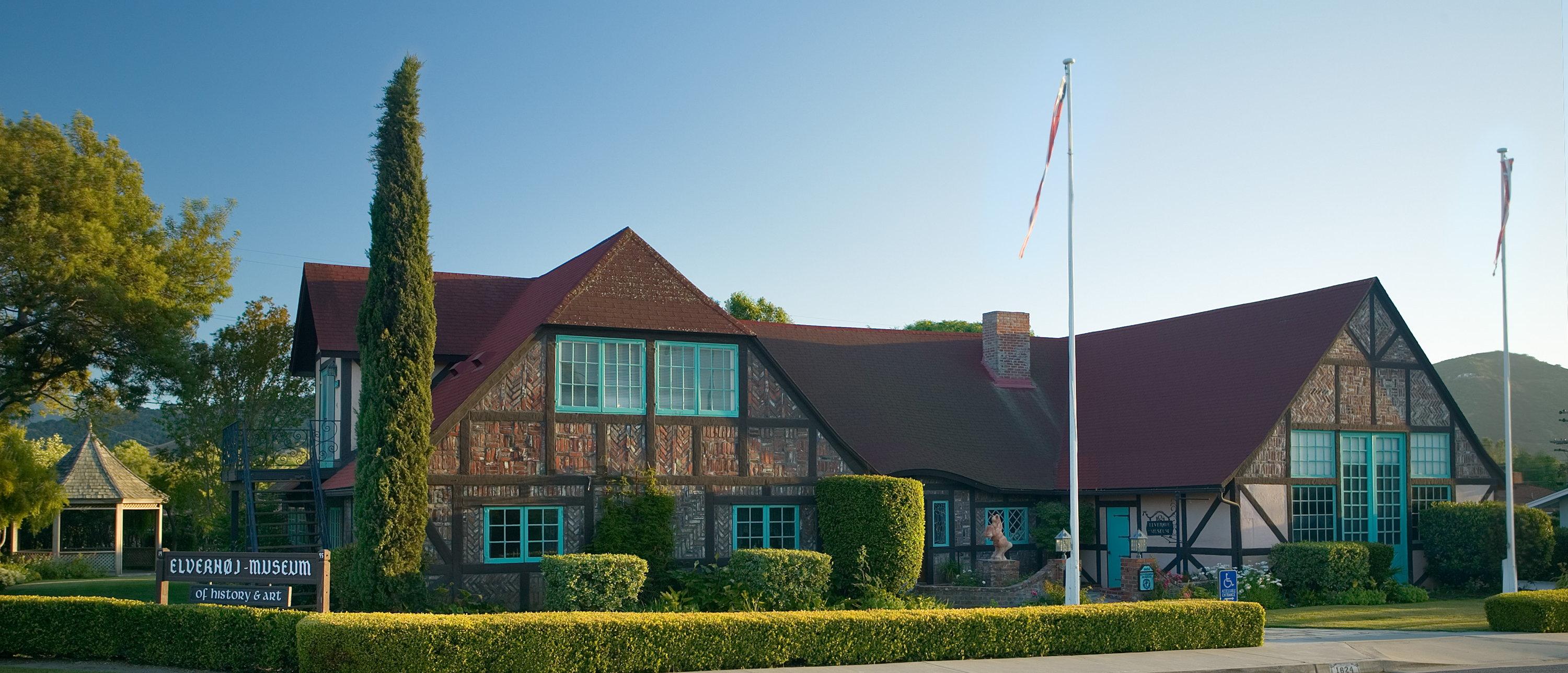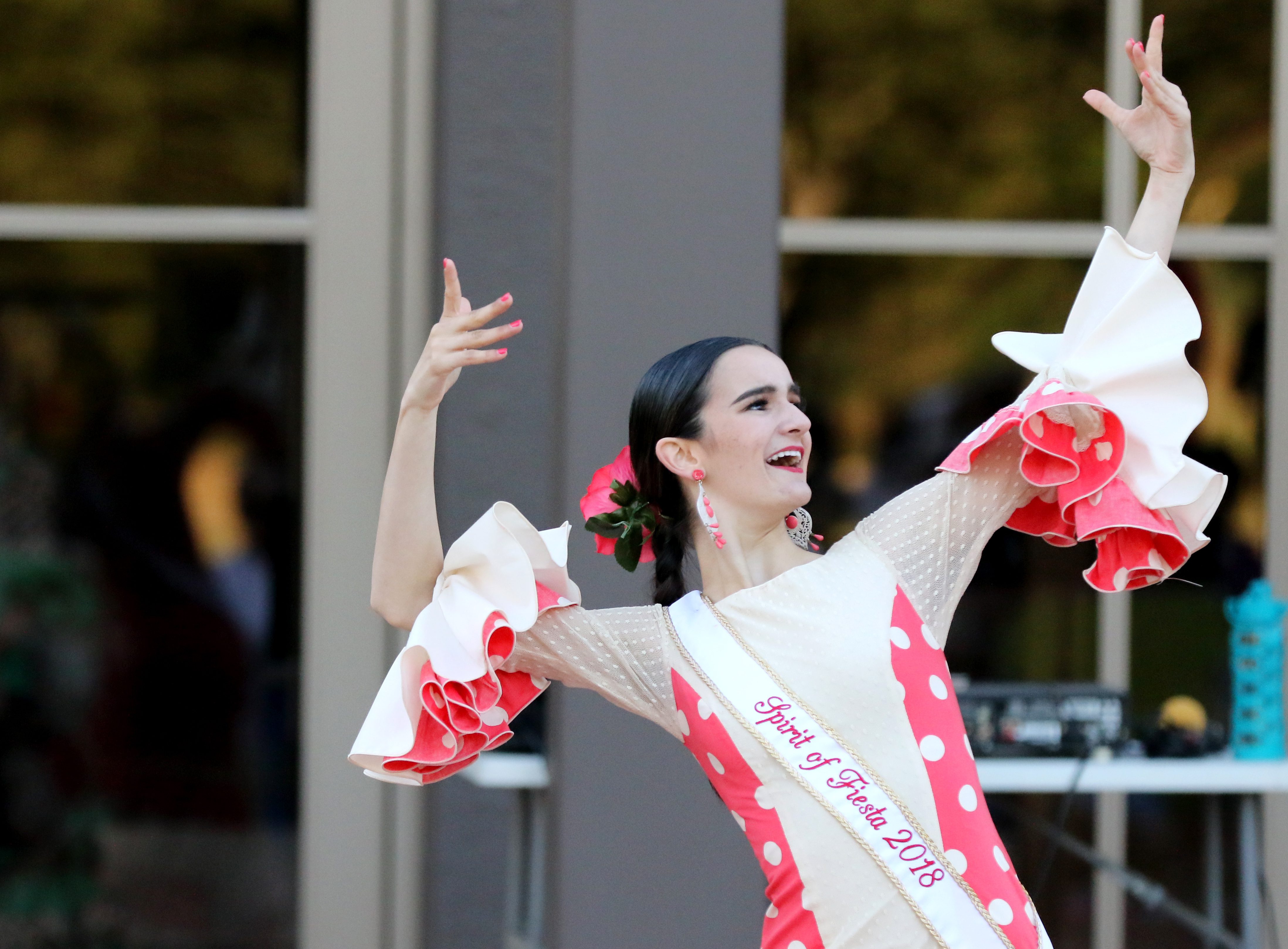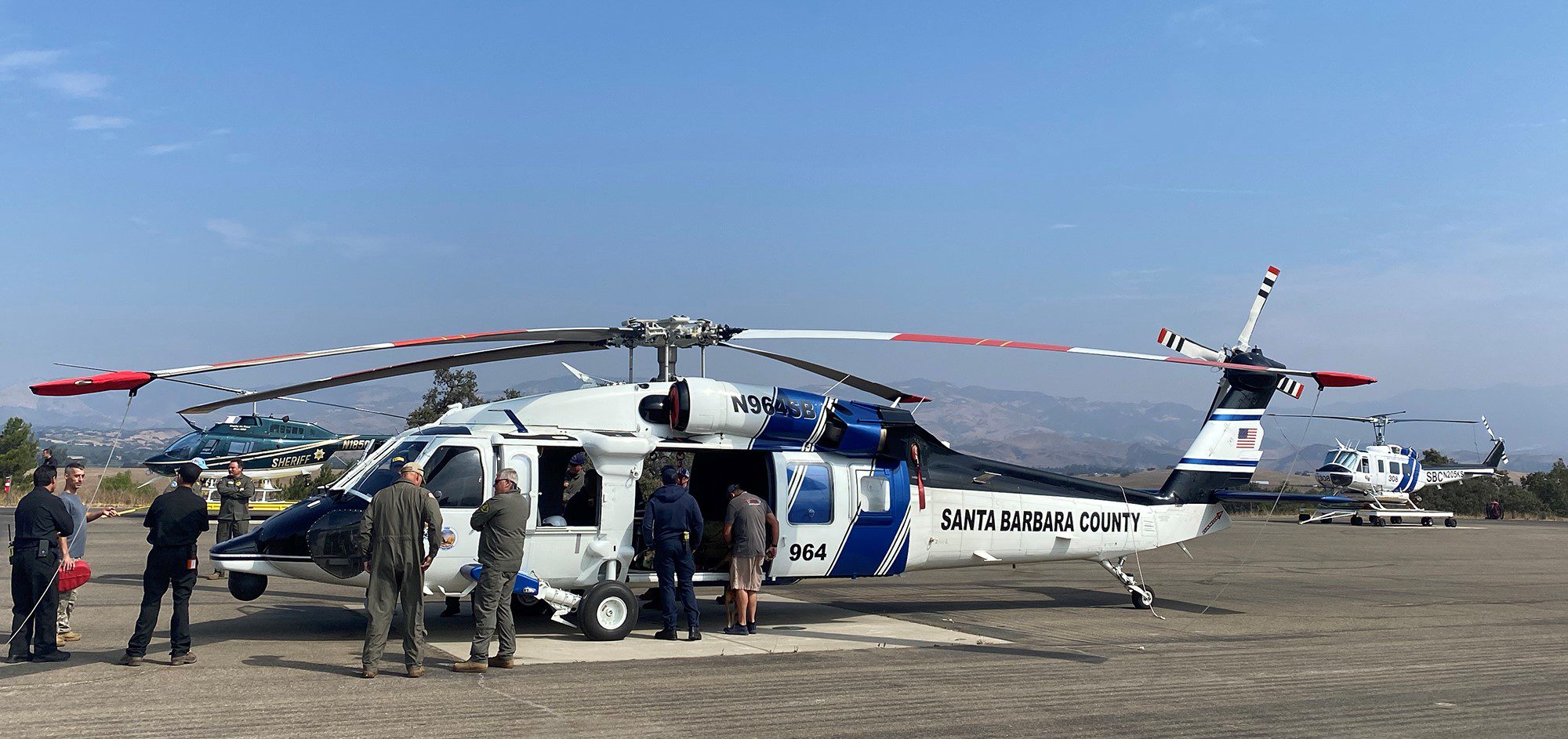Star Report
Brothers Nzinga and Bangori, two Western lowland gorillas, are the new “bachelors” at the Santa Barbara Zoo and can now be viewed from 10 a.m. to 1:30 p.m. intermittently. The hours will change as the gorillas adapt to their surroundings.
The brothers arrived at the zoo on July 27 and had to complete the mandatory 30-day quarantine required of all new animals.
“They are getting used to their new home, so we are taking it slowly. Bangori, the younger gorilla, is settling in well but his older brother, Nzinga, has found the transition more challenging and is finding it harder to acclimate to his new keepers and new environment. Their personalities are very different and we are still getting to know them. It’s an exciting time for us and for them,” said Dr. Julie Barnes, the Zoo’s director of animal care and health.
Born and raised at the Gladys Porter Zoo in Brownsville, Texas, the brothers are young silverback males weighing approximately 350 pounds each. Nzinga, is 18, and was born May 22, 1998, to Mary and Moja. His name comes from a 16th century king of the Congo who fought against slavery. Bangori, is 12 and was born February 18, 2004. He shares the same parents and is named for a stream in central Africa.
“Nzinga and Bangori had reached the age and developmental phase where it was time to leave the family and become more independent,” added Dr. Barnes. “They are not ready to be troop leaders yet, so we will provide a great home for them as a bachelor group until they are ready to be troop leaders in the next five to ten years.”
All-male “bachelor troops” play a critical role in the development of young male gorillas. In the wild, teenage males leave their birth families and join a bachelor troop until they are old enough to establish a family troop of their own.
While the exhibit was empty over the summer, the Zoo made several renovations to provide additional behavioral enrichment for the gorillas, including newly designed puzzle feeders buried in the ground and planted bamboo for forage. Video cameras were installed for monitoring the exhibit and holding areas, and safety glass now provides additional safety for guests in the upper viewing areas. A new Training Wall allows the public to view keepers as they interact with the gorillas during training sessions; a similar Training Wall is currently in use in the Zoo’s African lion and the Amur leopard exhibits.
The Zoo’s previous gorillas, named Goma and Kivu, had resided at the Zoo since 1997 and had reached the age to lead family troops. They departed last spring to join family groups at the Cheyenne Mountain Zoo in Colorado (Goma) and the Little Rock Zoo in Arkansas (Kivu). The Forest’s Edge exhibit first opened 20 years ago with the Zoo’s first Western lowland gorilla, Max.
Found in the lowland tropical forests of central Africa and the Congo Basin, the Western lowland gorilla population is critically endangered. Currently, there are 353 Western lowland gorillas who reside in 51 Association of Zoo & Aquarium (AZA) institutions throughout North America. The species is also known by one of the more memorable the scientific names in the animal kingdom, Gorilla gorilla gorilla.
The Zoo is open daily from 10 a.m. – 5 p.m.; general admission is $17 for adults,
$13 for seniors aged 65+, $10 for children 2-12, and children under 2 are free. Parking is $7. Visit www.sbzoo.org.







